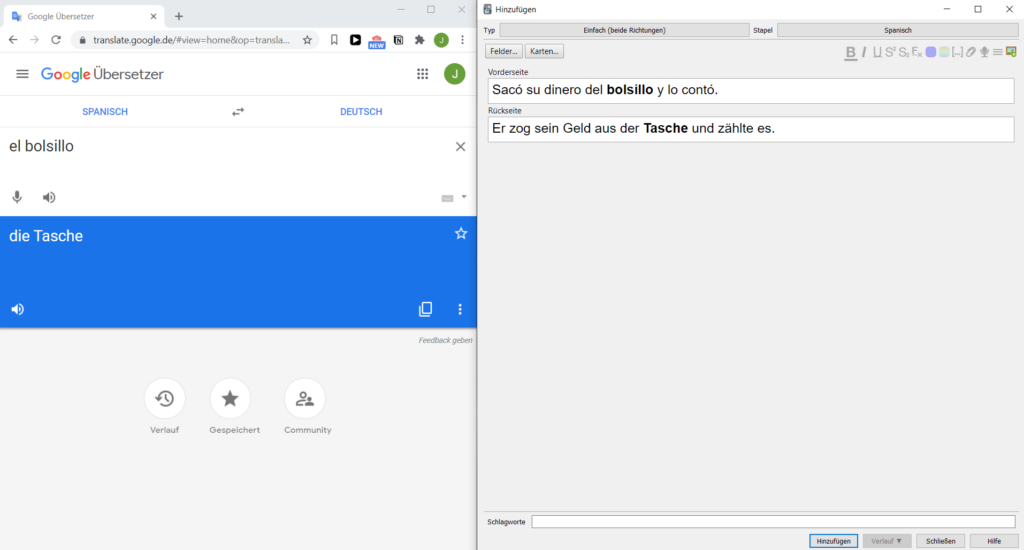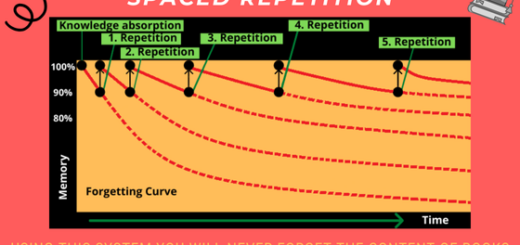4 Methods For Learning Languages With Foreign Language Books
To learn a foreign language, it’s essential to become familiar with that language. Therefore, you should read and listen to as much material as possible in that language. By reading foreign language books, you improve your vocabulary by learning new words and seeing how they are used in specific contexts. Additionally, you develop a better grasp of the language’s grammar. Using the methods described here, you can also practice your comprehension and pronunciation of foreign-language texts.

Improving Vocabulary
One way to expand your vocabulary in a foreign language is to read a book in that language while noting all unfamiliar words. For example, as you read, you can look up the translation of new words and add them to a flashcard system. You can then use the flashcard system to learn these vocabulary words, with software like Anki as an option for managing and studying flashcards, which is described in detail in the Anki tool review. The advantage of this method is that you learn precisely the words used in the book that you don’t already know. Additionally, this approach is efficient because Anki utilizes a spaced repetition system, and you will likely encounter more examples of these words while reading. Often, it’s helpful to add these example sentences to your Anki cards, enabling you to learn multiple words within a sentence and see the context in which they are used.

Another vocabulary learning technique is the keyword method. In this approach, you search for a word in your native language that sounds or looks similar to the word you want to learn in the foreign language. This similar-sounding word becomes the keyword. Next, you form a mental image that combines the keyword and the meaning of the foreign word.
For instance, when learning the Spanish word “cielo” (meaning “sky” in English), you might use the English word “cello” as a keyword and imagine angels playing the cello in the sky. If you want to reinforce your memory, you could even draw this mental image.
Example: luz => light
Keyword: lose
Mental Image: When you lose the light, it becomes dark.
Example: pez => fish
Keyword: pace
Mental Image: A fish can swim with more pace than a human.
Be sure to review these words regularly so that you don’t forget the mental images. You can also combine the keyword method with the loci method by assigning your mental images to specific locations along a route, allowing you to practice your vocabulary anywhere.
The keyword method doesn’t work for every word, but with some effort, you will often find a useful keyword.
Improving Grammar
Once your vocabulary is strong enough to understand texts, you can focus more on specific language features and nuances. At this stage, don’t translate unfamiliar words immediately; instead, mark them and look them up only after you’ve finished reading. Then, add the words with their meanings to your flashcard system. You can also jot down example sentences that illustrate grammatical rules. For instance, if you’ve just learned a new grammatical rule, it’s helpful to watch for it while reading and write down relevant examples.

Improving Text Comprehension
If you aren’t solely focused on vocabulary or grammar, concentrate on overall text comprehension while reading foreign language books. Try to understand as much as possible, even if some words or grammatical structures are still unfamiliar. This approach helps you develop a natural feel for the language, even if you initially understand only a little. It may also be helpful to have a copy of the book in your native language. That way, you can read each chapter in your native language first to understand the main ideas. Afterward, you can read the chapter in the foreign language with a much deeper comprehension.
Improving Pronunciation
Foreign language books are especially beneficial if you listen to the corresponding audiobook as you read. Processing the text through two different channels enhances both your comprehension and retention. Additionally, this approach helps you learn the pronunciation of the words you’re reading.

Applying these Methods with Foreign Language Books
When working on vocabulary, comprehension, and grammar improvement, it’s best to start by practicing each method individually so that you can focus on each specific goal. You may find it helpful to read a foreign language book multiple times, using different methods each time. Once you have a bit more experience, you can start combining these methods.





